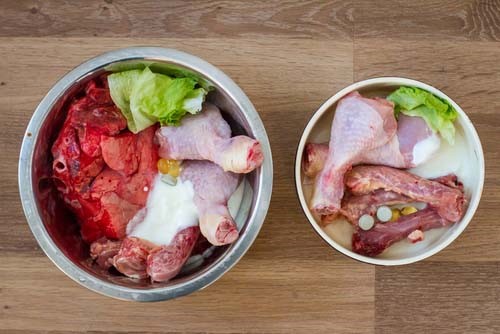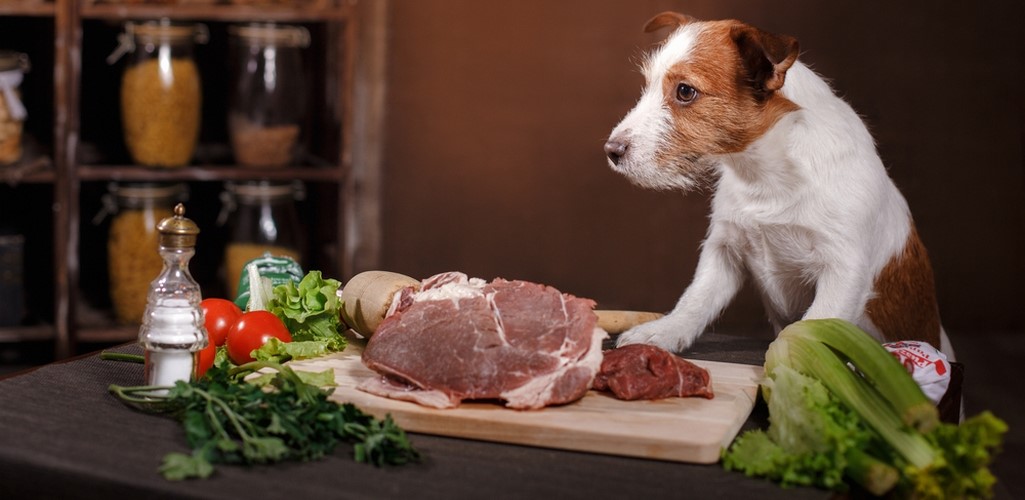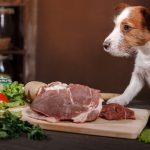Switching to a raw diet can make some dog owners a little nervous. You may worry about your dog will choke on the bone or that diet will not be balanced enough. However, when you see the benefits for your dog, you will forget all about any concerns you might have had. Follow these tips to get it right:
Raw diet must contain calcium
Dogs, especially puppies, need a source of solid minerals, particularly calcium & phosphorus. A dog will be unable to survive without these important minerals. By giving your dog bones, you will generally get the right minerals. The essential thing to remember is calcium & phosphorus. Bone contains calcium and phosphorus. Meat is high in phosphorus but low in calcium too. So, an all-meat diet will cause problems in the spine and nervous system of your dog and issues for the bone growth in puppies. So, you need bone in the diet. To get enough calcium and maintain a healthy balance of minerals, a raw diet needs to contain about 12% to 15% bone.

Organs are the multi-vitamin
Raw feeders often make raw dog food that doesn’t contain enough organs. Organs are a nutrient-rich part of the animal and if these are omitted, a pet might be losing out on essential vitamins. A good goal is to aim for between 10% to 30% innards. But this depends on how much you can get. If you can only find the heart, just to feed 10% of organs. If you can find a kidney, brain, spleen and other tasty organs, make sure they form a third of your dog’s diet.
Muscle meat is the foundation
Once you have sorted the organs and bones, the remainder of the diet should be lean meat, between 33% and 50% of the total diet, depending on the amount of organ meat you have available. It is a part of your dog’s diet that is highly rich in protein, needed to build strong tissues. Find Healthy Dog Treats available at a site like https://theinnocentpet.co.uk/collections/healthy-dog-treats
Be aware of the fat
Healthy fats are great for your dog. They help with nerve and immune function and are essential for healthy skin. However, fat carries a downside – that it contains twice as many calories as protein whilst containing very few vitamins and minerals. If your dog’s diet is too high in fat, it is a risk that he will not get enough vitamins and minerals. Your dog needs fat, but not so much that it robs other essential nutrients.

Feed fish once a week
An alternative to fish oil, you can give whole fish such as sardines, herring and mackerel once or a couple of times each week or throw in a few small fish for food. On a weekly basis, you’ll want fish to be around 5% of the total diet of your dog as this is a good way to balance the fat in the diet.


